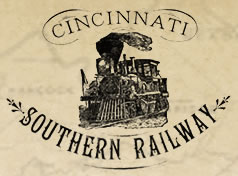
Cincinnati Southern Railway website Q: The city of Cincinnati owns the CNO&TP line running from Cincinnati to Chattanooga, Tenn., which Norfolk Southern leases from the city. Does the city of Cincinnati also own and lease yards along the line to NS, or does NS own these yards outright? — Doug Lathrem, Bowling Green, Ky. A: […]
Read More…
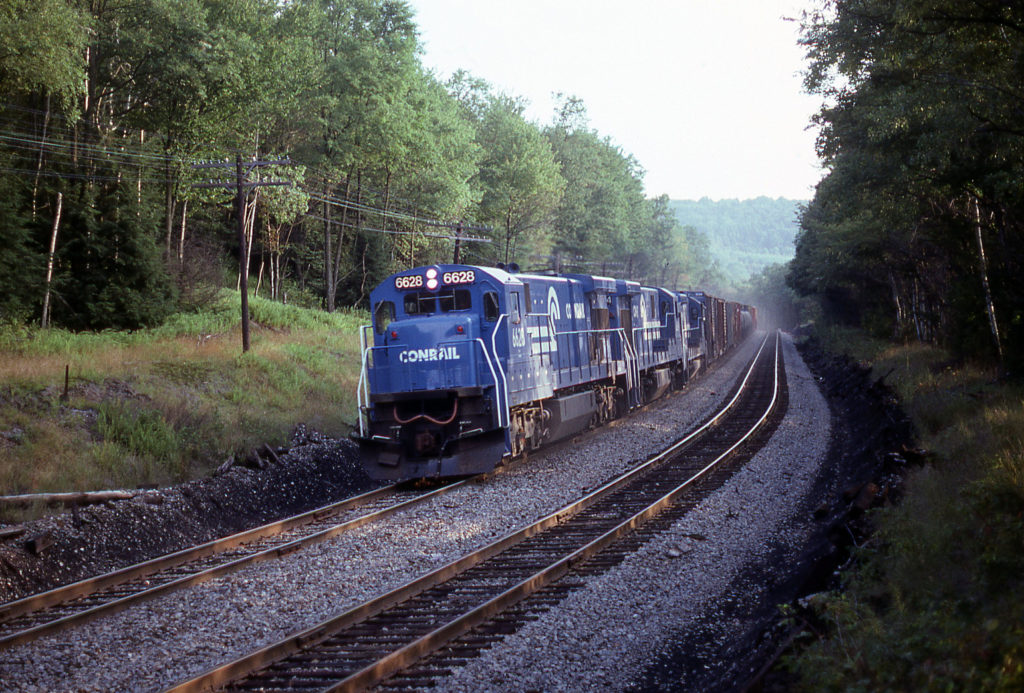
Conrail C36-7 No. 6628 works an eastbound train in New York’s Southern Tier east of Lanesboro, Pa., near the Pennsylvania-New York border in 1985. This section of track has a grade, what percentage that shows up on a track chart is determined by how precise the charts are. TEH-11062-18 Michael S. Murray Q: Some […]
Read More…
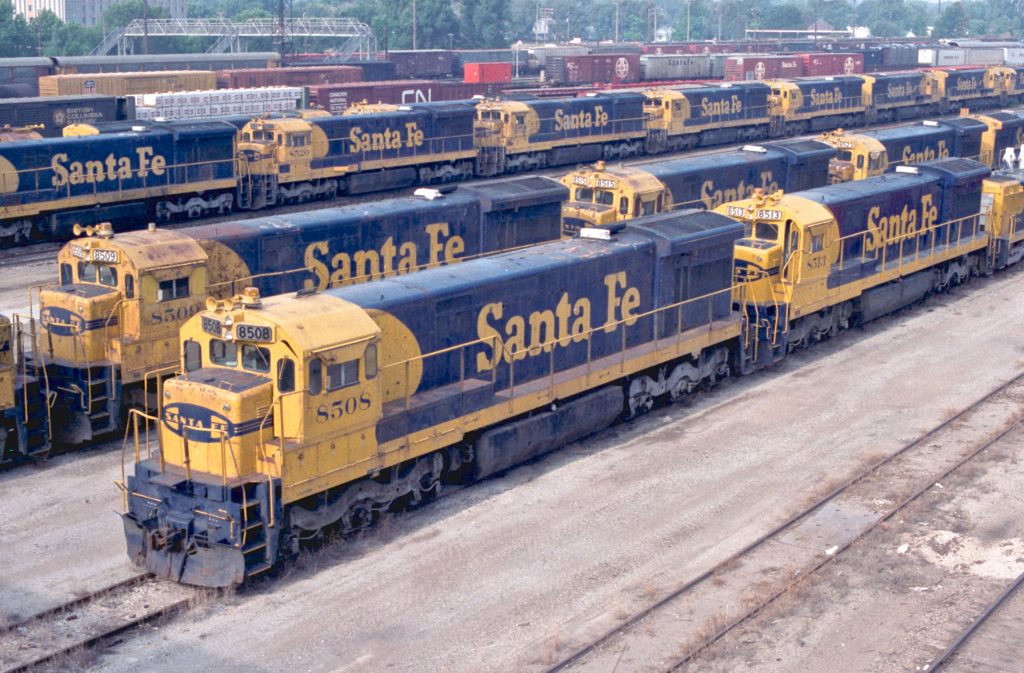
Various Santa Fe SF30C units are seen in storage at Argentine Yard, in Argentine, Kan., in 1983. Several of these locomotives have rotary or flashing beacons on their cab roofs for safety. TEH-14212-34 Ivan Abrams Q: Why did some railroads use flashing or rotary beacons atop their diesels? And do any railroads use them anymore? […]
Read More…
EDITOR’S NOTE: Trains readers aren’t the only ones to wonder about happenings in the railroad world. Trains editors and friends recently shared an email discussion about why two Class I railroads near Trains’ headquarters removed a connection at a diamond crossover. Here’s a condensed, edited version of the best explanation we’ve seen: A: I would […]
Read More…
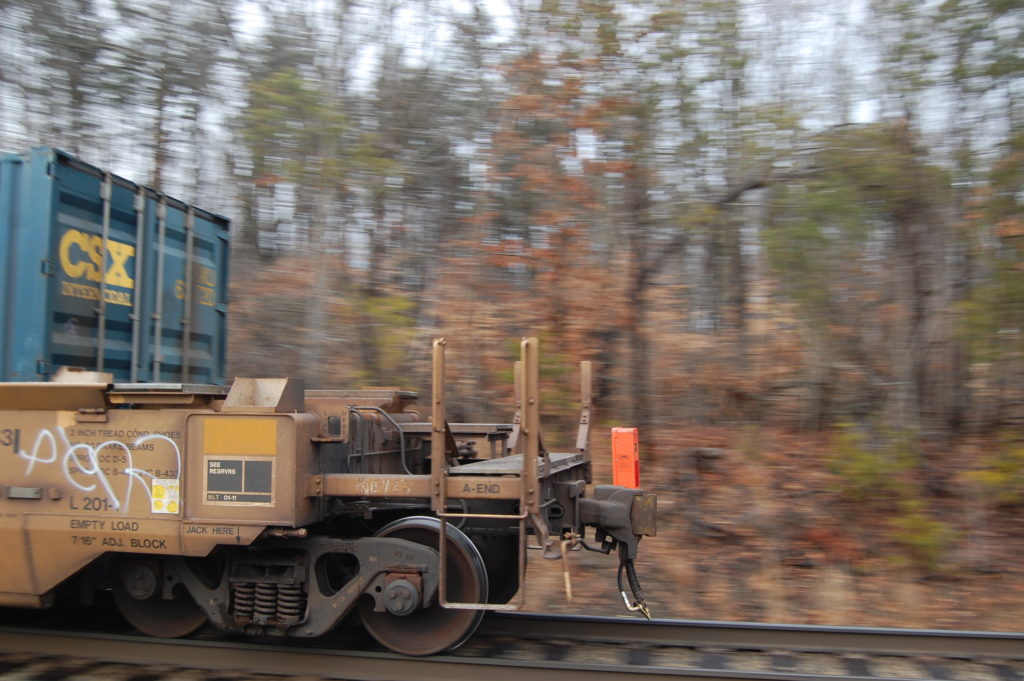
EOTs — end-of-train device Q: In track side watching and in videos, I note that end-of-train devices only flash at night. Why is this? — William Carpenter West Chester Township, Ohio The Northeast Operating Rules Advisory Committee (NORAC) rulebook used by most northeastern railroads states that each train occupying a main track or controlled siding […]
Read More…
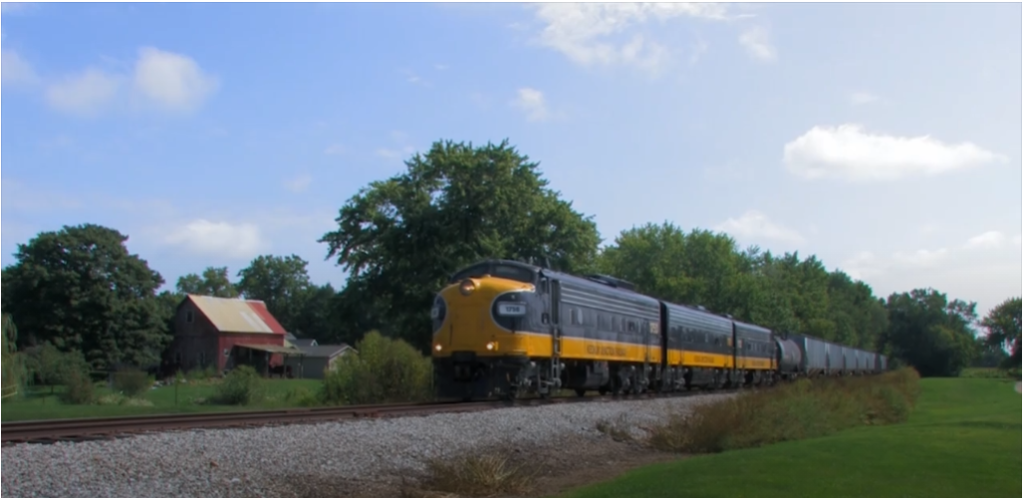
Follow along for one last chase of the Keokuk Junction F units in western Illinois before their removal from service in early August 2019. Trains‘ videographer Kevin Gilliam follows the train through the agricultural landscape of the region to document another era lost in U.S. railroading. […]
Read More…
Download this free 29-page PDF to enjoy five stories about a variety of railroad yards and engine terminals. Inside you’ll read first-hand stories about a day at the Kansas City, Brookfield, Illinois, Bolton, Vermont, North Philadelphia, and Marion, Ohio railroad yard. […]
Read More…
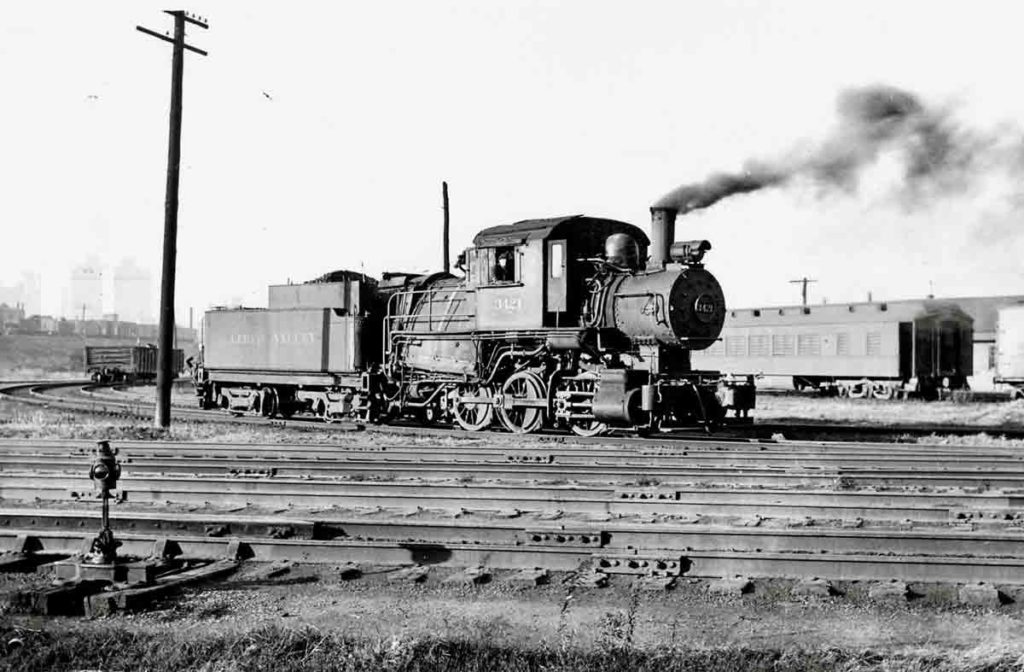
A Camelback switcher like Lehigh Valley 3421, pictured at Jersey City in 1939, was a powerful magnet for a couple of young boys. Stanley D. Crews My buddy Mike and I were sitting on our bikes at a Lehigh Valley yard in northern New Jersey one day in 1950. We had our eyes on a […]
Read More…
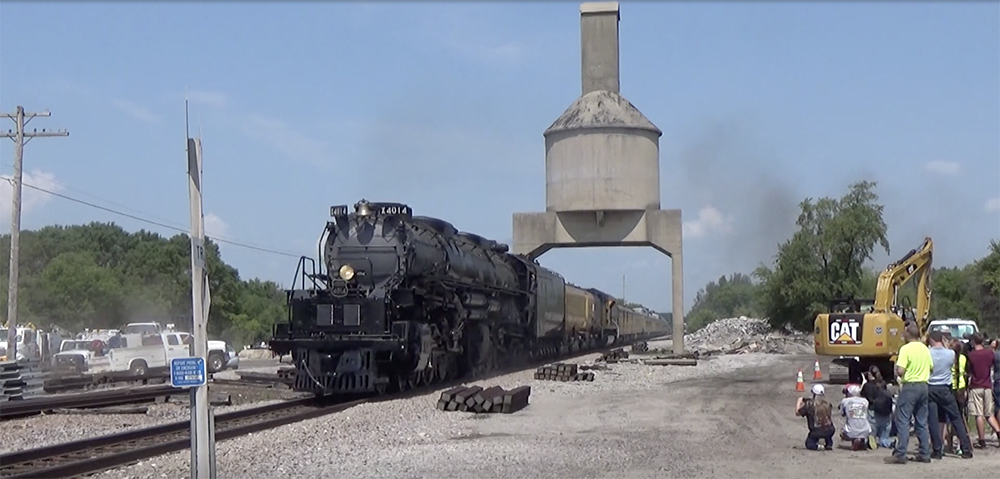
Join Trains for Union Pacific Big Boy No. 4014’s Great Midwest Tour. This video is from Clyman Junction, Wis., where Big Boy passed right under an increasingly scarce piece of railroad architecture: the once ubiquitous coaling tower. […]
Read More…
Q: I want to submit a question and photograph to Ask Trains. How do I do that? I can’t find a way to submit a photo. — Matt Jackson, Durham, N.C. A: The best way to submit a question and a photo to Ask Trains is by email. The email address is AskTrains@TrainsMag.com. We only […]
Read More…
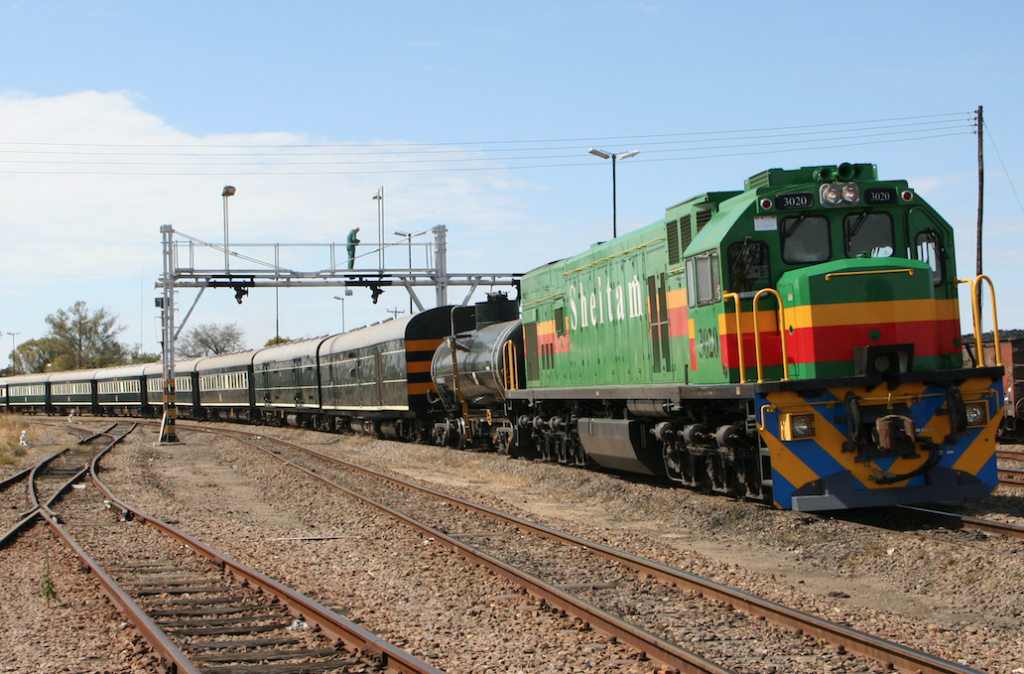
The Rovos Rail luxury passenger train stopped at Plumtree, Zimbabwe, in July 2010 while passengers were undergoing immigration checks. This National Railways of Zimbabwe train was en route from Dar Es Salaam, Tanzania, to Capetown, South Africa, a 16-day journey. The power for this train was Sheltam Corp. General Electric U30-EMP No. 3020, a 42-inch […]
Read More…
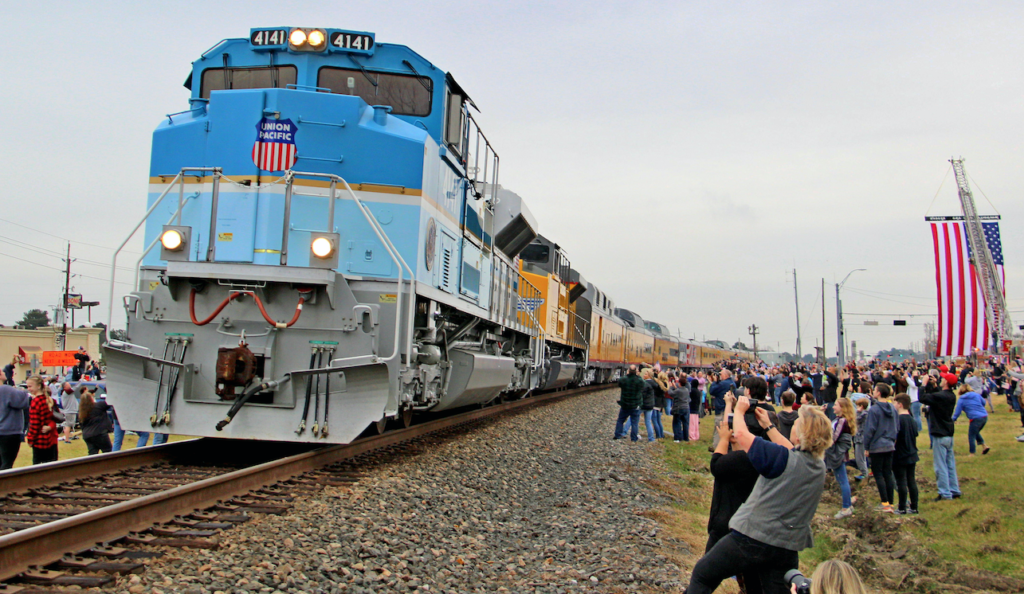
Union Pacific SD70ACe No. 4141 letter for former President George H. W. Bush led Bush’s funeral train from Houston to College Station, Texas, in Dec. 2018. 18345-3 Bradley Bates Q: Painting locomotives is expensive. I’m curious to know why railroads would spend this kind of money painting heritage units? — David Berg, Minneapolis, Minn. A: […]
Read More…









